If Brandon Winter looks familiar to you, you can stop scratching your head wondering why.
The Grand Rapids, Michigan, resident is featured on American Cancer Society billboards in six major metropolitan areas, including New York City.
He also appears on cancer society television commercials, aired both on major broadcast channels and cable.
But despite his fame as a cancer survivor, his journey with cancer began pretty obscurely.
In October 2014, the then 27-year-old Winter noticed a lump on his right arm. His alarm level ran low, though, because cysts run in his family. Then it continued to grow.
Originally from Kentucky, he ventured home for the holidays that year and had his mom look at it.
“She said it was definitely not a cyst,” said Winter, who works as an optical manager at Woodland Mall.
His vision had not deceived him. The tumor, and the threat, were real.
He set up a doctor appointment in March and underwent multiple scans, then met Joel Post, MD, an orthopedic oncologist at the Spectrum Health Cancer Center. Dr. Post did a biopsy.
No April Fool’s Day joke
On April 1, Dr. Post diagnosed Winter with Ewing’s sarcoma, a rare form of bone and tissue cancer with less than 1,000 cases a year in the United States.
Chemotherapy commenced and continued through July. Dr. Post operated on the tumor on July 22.
From Day 1 when I found out my diagnosis, I said this is not going to be the end of me, I’m going to beat this. This is the type of cancer that people usually do not beat. …Not many people make it out well, but I’m going to.
“At that point the tumor had been basically killed through chemo,” Winter said. “He had to go in and remove 14 centimeters of the humerus bone and replace it with (a cadaver) bone. They also took the fibula from my left leg and put it in my arm. I have screws and plates that go from my elbow to my shoulder.”
Luckily, Winter has maintained good range of motion with his right arm, which is his dominant arm. While recovering, he had to learn to brush his teeth, wash and perform other daily tasks with his left arm.
“My right one didn’t even work because they had to manipulate the nerve so much,” Winter said. “The nerve kind of shuts off. It takes time for the nerve endings to start working again.”
Winter sought help from the palliative care team last fall to combat lower back pain, a side effect of chemotherapy, and nerve pain from the surgery.
“Before I saw them, nothing was really working,” he said. “They were able to look at everything, weed out things that didn’t work and start a new plan. I’m now on a plan that’s working wonderfully.”
Dr. Post considers the program an integral part of Winter’s journey.
“As a result of his surgery, he has been left with nerve-related pain that he still suffers,” Dr. Post said. “This has improved with time, but the palliative care program has assisted tremendously throughout this process.”
A healing journey
Healing could take up to a year, but Dr. Post hopes to avoid the need for additional surgeries. The prognosis is positive, too.
“Isolated Ewing sarcoma that has not spread, as in Brandon’s situation, has a favorable long-term prognosis,” Dr. Post said.
Julie Bekius, NP, part of the palliative care team that assisted in Winter’s care, said when she first met him he was in a lot of pain due to the cancer and injections he received in conjunction with his chemotherapy.
Palliative care, which is sometimes confused with hospice, is designed to control a patient’s pain and nausea levels. Being in palliative care does not necessarily mean a person’s life span is limited.
“We were able to adequately manage his pain to the point that he was able to continue with his college courses and attend work,” Bekius said. “The role of palliative care in his journey was not only that of pain management, it was about the relationship he and his mother were able to make with our office team members that allowed them to feel comfortable (contacting) us with any symptom management questions.”
Bekius said those personal relationships can become almost as important as pain management.
“We get to know them as a whole person,” Bekius said.
Winter said every so often he’ll feel a twinge of pain, but for the most part, it’s kept in check.
“I think they’re hoping within the next six months to be cutting back to no pain medicine,” he said.
The palliative care team has also been a huge support to Winter’s mother.
“They keep her in the loop and they’re always asking how she’s doing as well,” Winter said. “If I’m in pain, they’re very consoling to her, too. They’ve really put her mind at ease.”
‘A celebrity’
Winter said his billboard and television commercial fame hasn’t escaped the palliative care team.
“They tease me that they have a celebrity as a patient,” Winter said, laughing.
Winter didn’t have any formal modeling experience, but a friend of his who worked in the field in Chicago told him about the American Cancer Society’s casting call.
Last August, he drove to Chicago to try out. A month later he heard that he had been chosen for the part. He returned to the Windy City for the five-hour photo and video shoot.
“My mom also participated and they did a piece of us together, which turned into a commercial that aired nationally,” Winter said.
The first week of December, he and his mom visited New York City to see his larger-than-life image on a billboard in Fashion Square (Fashion and Fourth at Penn Station).
“It was like breathtaking,” he said. “I look up and there I am on a five-story billboard.”
The billboard sports a shot from the torso up, of a muscular Winter in a red athletic shirt holding a weight. The 12-inch scar over his right bicep is clearly visible, with the word “Defiance” written across the bottom.
“They’re focusing on the different faces of cancer,” Winter said. “They named me the face of defiance. From Day 1 when I found out my diagnosis, I said this is not going to be the end of me, I’m going to beat this. This is the type of cancer that people usually do not beat. There are quite a few fatalities from it. Not many people make it out well, but I’m going to. I went through two rounds of chemo, had multiple surgeries, but I’m still here.”
It’s a trend Winter expects to continue.
“Every cancer has a risk of coming back,” he said. “But everything I had was localized, nothing spread and nothing got into my bloodstream.”
And his face is forever immortalized in the minds of television watchers and billboard viewers.
“It’s my little bit of fame,” Winter said. “I’ll take it.”
Dr. Post said he thinks the billboard has helped Winter in other ways, too.
“I think this advocacy has allowed him to cope with his life-changing diagnosis,” Dr. Post said. “I see a passion in him for his desire to fight the disease and help others throughout their personal journeys.”
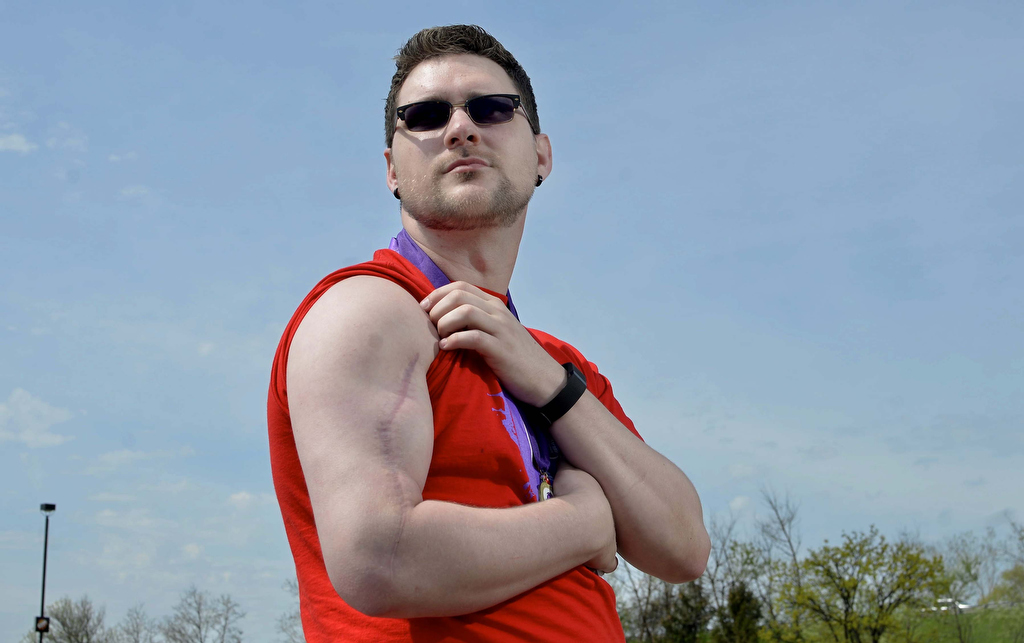
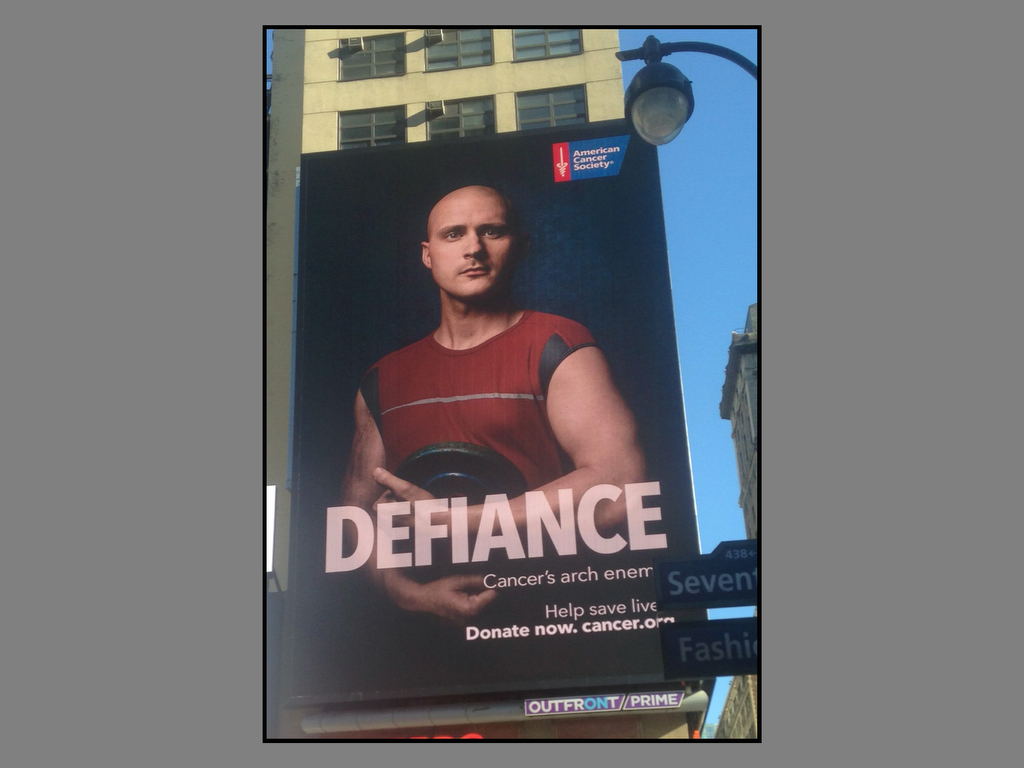
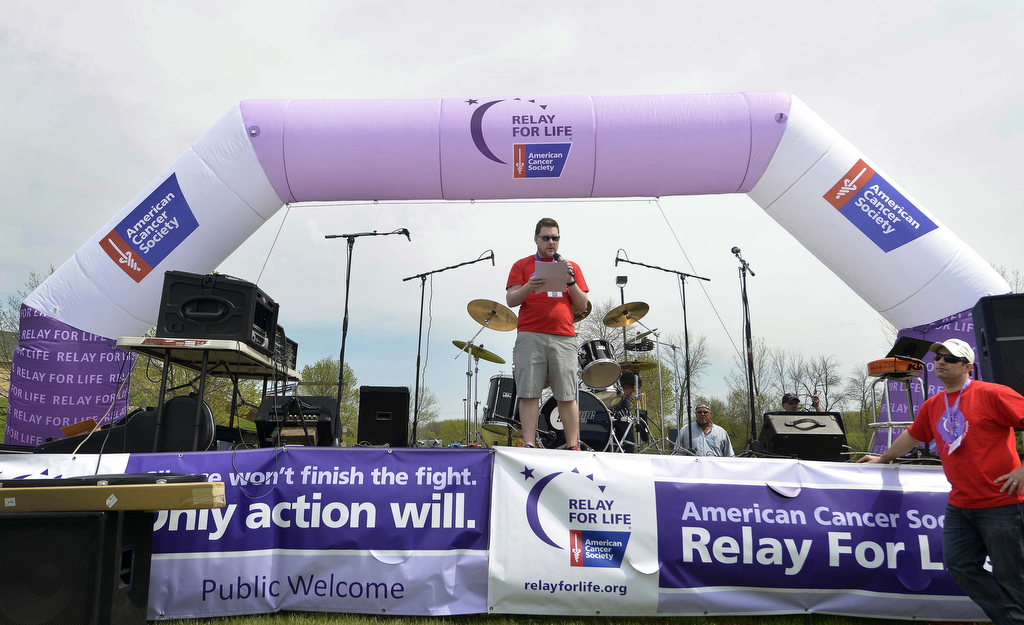

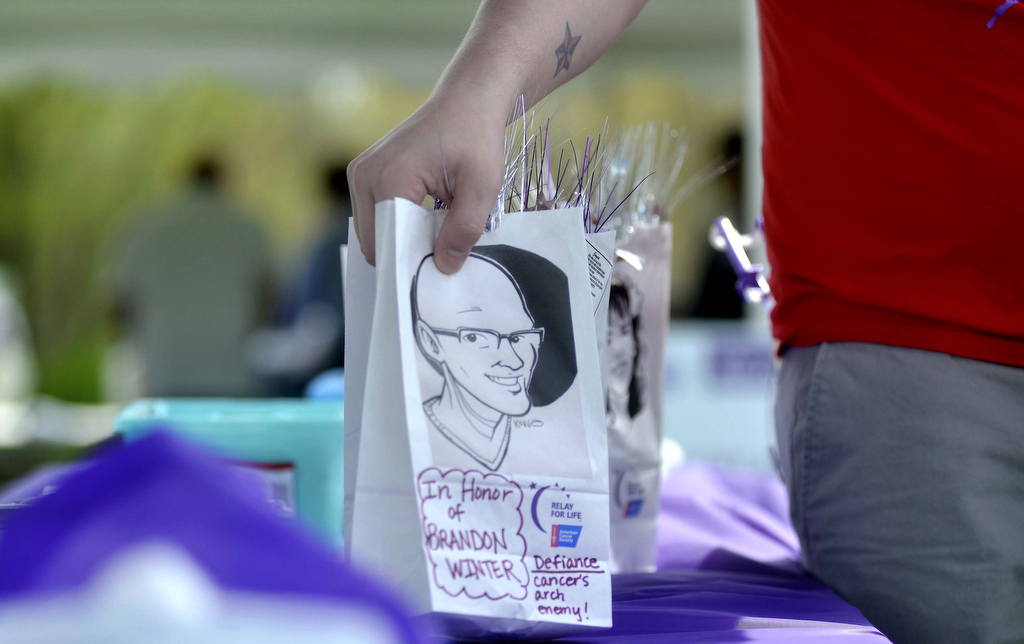
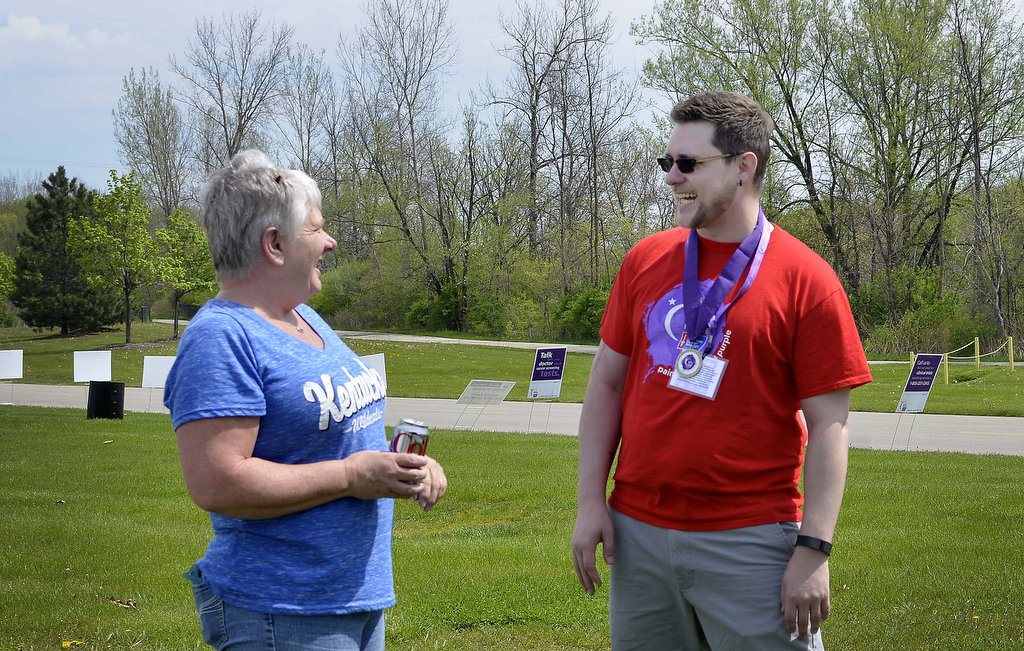
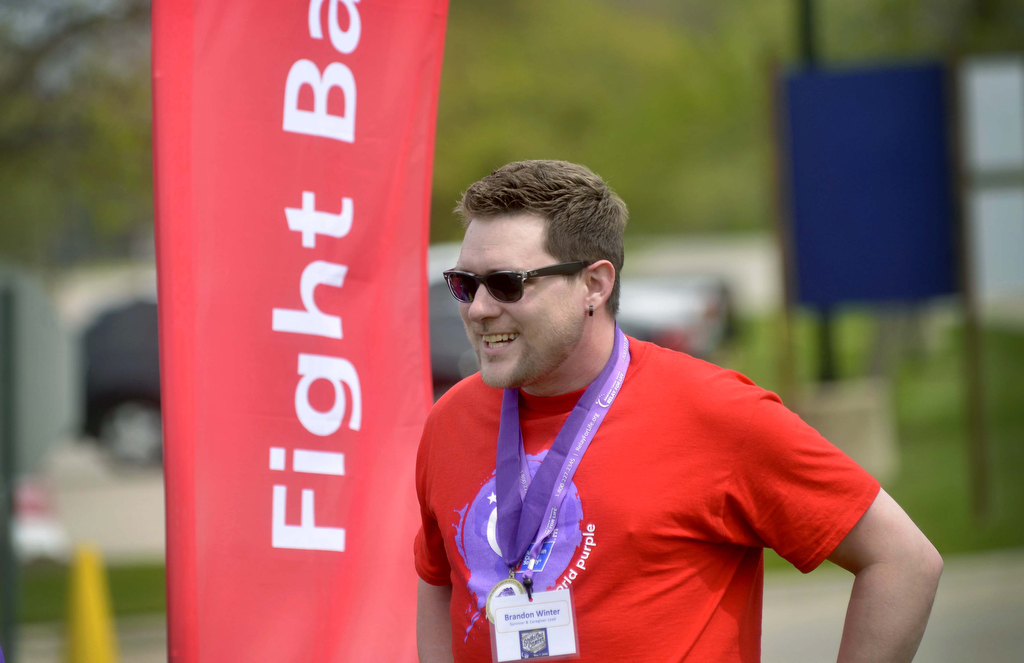
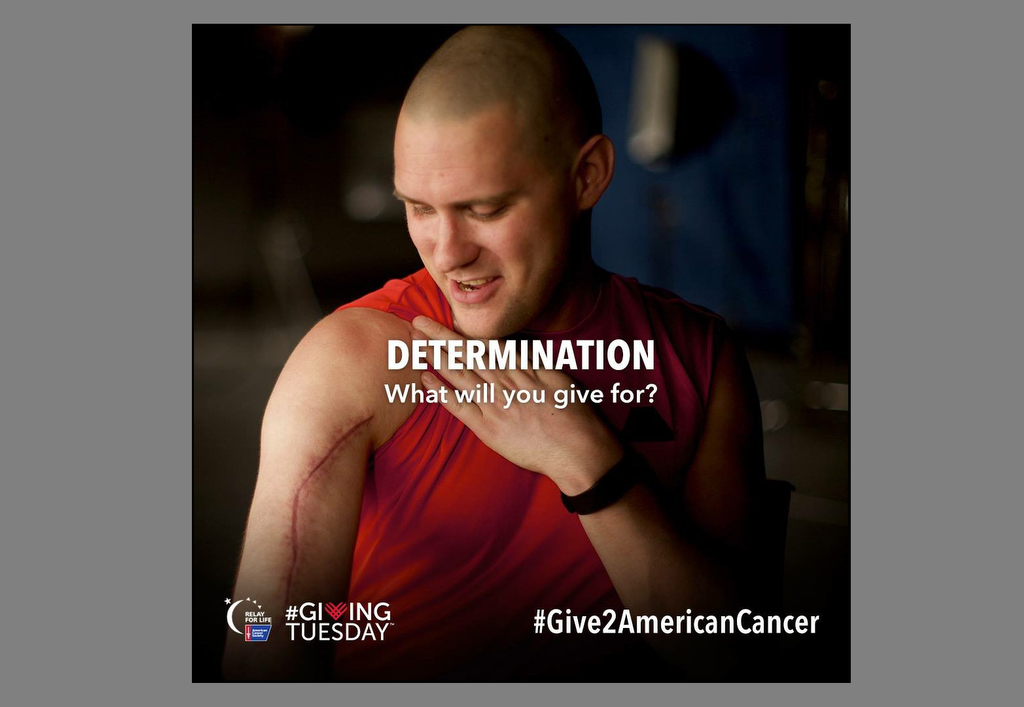




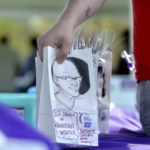



 /a>
/a>
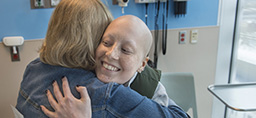 /a>
/a>
 /a>
/a>
I know Brandon. He is a scrapper and a fighter. There was little question in my mind that he would set out to beat it, and he has.
B4thewin!
This is an awesome article !! Keep up the fight Brandon ! You look great !!!